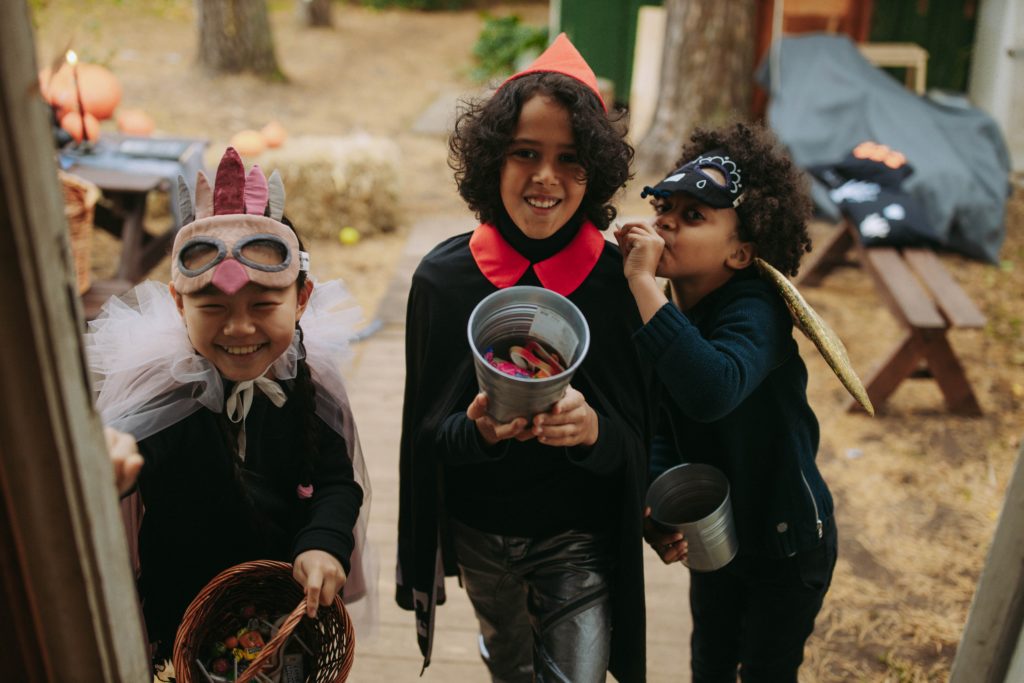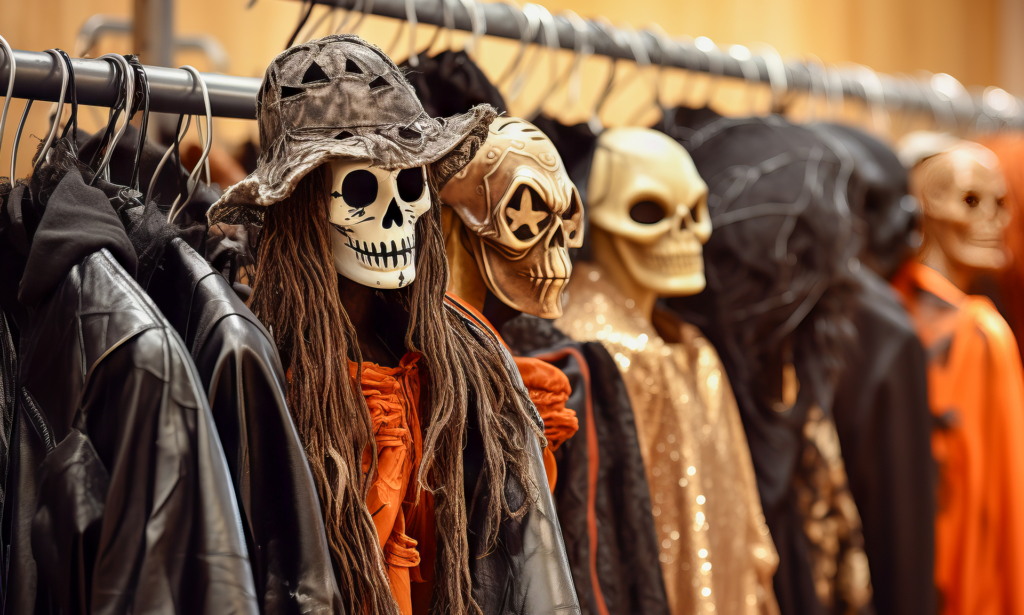2 Min Read
Fun-size Candy on Halloween
What’s so “fun” about a much smaller candy bar?
Most of the candy Trick or Treaters will collect tonight will be individually wrapped, smaller versions of their full-sized candy bar counterparts.
Despite what kids and newspaper columnists would have you believe, fun-sized candy bars aren’t part of a vast conspiracy to deprive children of candy on Halloween.
In reality, they came about as part of a natural evolution of how candy bars have been positioned and marketed over the years.
When candy bars first hit stores shelves, they were seen more like modern-day granola bars than indulgent desserts. Candy bars, especially those with peanuts, were filling, inexpensive meal replacements. (See: “Hungry? Why Wait? Grab a Snickers.”)
Candy companies were eager to find more occasions for people to reach for candy bars, and fun-sized varieties were born. From a bowl on an office desk to a treat in a kid’s lunch, the smaller bars made candy more tenable at more times of the day.

The Trick Behind Fun-sized Treats
As candy became a dominant part of Trick or Treating on Halloween, fun-sized candy checked all the right boxes.
Parents like that it comes individually shrink-wrapped and curbs the sugar craze a bit for kids collecting dozens (if not hundreds) of pieces. Those kids get a wide variety of candy to be traded, hoarded, and eaten – hopefully not all on Halloween night. Plus, they’re a cheaper option for houses planning to hand out candy to a whole night’s worth of trick or treaters.
As the association with Halloween solidified, companies started marketing extra spooky fun-sized candy. Look closely, and you’ll see brands looking to push fun-sized candy past just Halloween to include fall and other events.
Today, candy connoisseurs celebrate the subtle differences between fun-sized candy bars and their grown-up counterparts – the evolved caramel-to-chocolate ratio in a Milky Way or the solitary almond nestled atop an Almond Joy.
So when you’re savoring a fun-sized candy bar or two this week, remember that they came about not because companies were robbing kids of chocolate, but because they were looking for more occasions for audiences to enjoy it.


